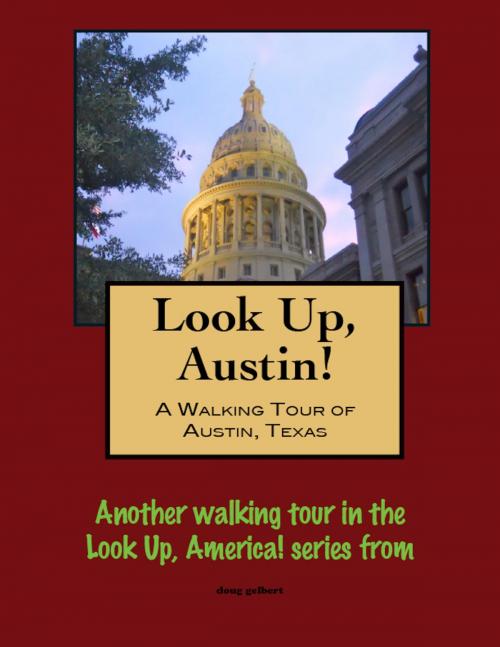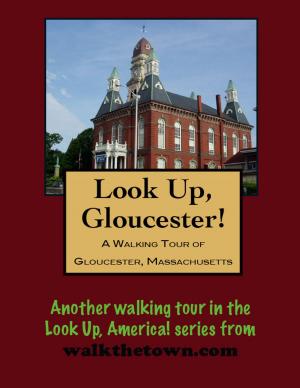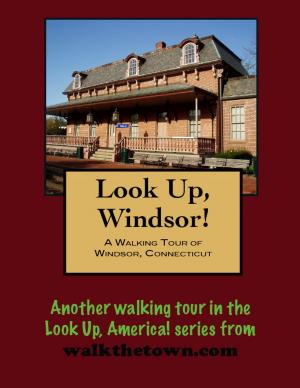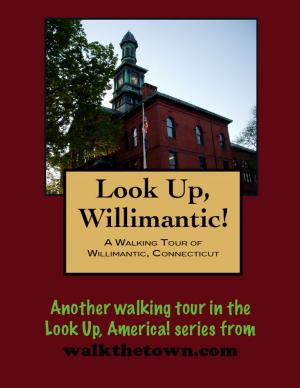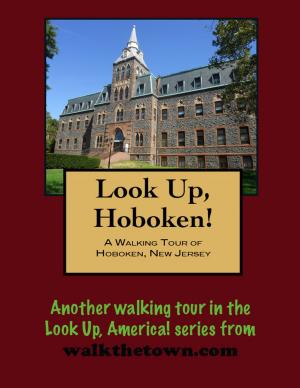| Author: | Doug Gelbert | ISBN: | 9781301065561 |
| Publisher: | Doug Gelbert | Publication: | June 10, 2013 |
| Imprint: | Smashwords Edition | Language: | English |
| Author: | Doug Gelbert |
| ISBN: | 9781301065561 |
| Publisher: | Doug Gelbert |
| Publication: | June 10, 2013 |
| Imprint: | Smashwords Edition |
| Language: | English |
There is no better way to see America than on foot. And there is no better way to appreciate what you are looking at than with a walking tour. Whether you are preparing for a road trip or just out to look at your own town in a new way, a downloadable walking tour from walkthetown.com is ready to explore when you are.
Each walking tour describes historical and architectural landmarks and provides pictures to help out when those pesky street addresses are missing. Every tour also includes a quick primer on identifying architectural styles seen on American streets.
In most states one town is tapped to be the capital and another is given the state university. In Texas, Austin has both. And in the biggest state of the Lower 48 they are scarcely four blocks apart.
There is nothing organic about the birth of Austin. After becoming a Republic in 1836 President Mirabeau Lamar established a commission to find the best site for the new national capital. Lamar envisioned western expansion in his country and eschewed established communities near the Gulf of Mexico for a central location on the frontier. The commissioners settled on a speck of a village called Waterloo on the Colorado River and bought up 7,735 acres. When the town was chartered in 1839 it was named for the Virginia-born colonizer of the state, Stephen F. Austin.
Judge Edwin Waller was called on by Lamar to design a street grid which he accomplished around a grand artery running north from the Colorado River that he called Congress Avenue. Were he to return today Judge Waller would still recognize his old plan. A one-story capitol building was raised in May of 1839 and in the fall the entire government of the Republic of Texas rumbled into town by oxcart from Houston to set up shop. The worries about locating the capital on the frontier were not unfounded and the capitol was surrounded by an eight-foot stockade that remained until Texas was annexed by the United States in 1845.
As a new part of the United States Austin was immediately torn in the pre-Civil War days by those clamoring for secession and those preaching to remain with the Union (the majority in Travis County). But unlike other Southern states dealing with two voices of dissension, Austin had three - there was a vocal faction who wanted Texas to return to being its own country. The coming Civil War stifled growth in Austin that wasn’t overcome until the Houston and Texas Central Railroad rolled into town in 1873.
In the days of the Republic of Texas the Congress had set aside 40 acres north of the capitol for a university. The University of Texas finally became a reality in 1883. For many decades thereafter if you were in Austin chances are you were there for either government business or university business. The population of Austin grew steadily with those two institutions but not dramatically. The city did not see its 100,000th resident until after World War II.
But after the war both the university and the state government grew exponentially. So did the town - up to more than 225 square miles in 1990 from 30 square miles a half-century prior. Austin has been one of the fastest growing cities in America for much of that time with a population now north of 800,000. Through it all Congress Avenue has remained at the heart of the town.
That is where we will begin our walking tour, at a building as big and bold as Texas itself. When it was unveiled in 1888 it was trumpeted as the “Seventh Largest Building in the World”...
There is no better way to see America than on foot. And there is no better way to appreciate what you are looking at than with a walking tour. Whether you are preparing for a road trip or just out to look at your own town in a new way, a downloadable walking tour from walkthetown.com is ready to explore when you are.
Each walking tour describes historical and architectural landmarks and provides pictures to help out when those pesky street addresses are missing. Every tour also includes a quick primer on identifying architectural styles seen on American streets.
In most states one town is tapped to be the capital and another is given the state university. In Texas, Austin has both. And in the biggest state of the Lower 48 they are scarcely four blocks apart.
There is nothing organic about the birth of Austin. After becoming a Republic in 1836 President Mirabeau Lamar established a commission to find the best site for the new national capital. Lamar envisioned western expansion in his country and eschewed established communities near the Gulf of Mexico for a central location on the frontier. The commissioners settled on a speck of a village called Waterloo on the Colorado River and bought up 7,735 acres. When the town was chartered in 1839 it was named for the Virginia-born colonizer of the state, Stephen F. Austin.
Judge Edwin Waller was called on by Lamar to design a street grid which he accomplished around a grand artery running north from the Colorado River that he called Congress Avenue. Were he to return today Judge Waller would still recognize his old plan. A one-story capitol building was raised in May of 1839 and in the fall the entire government of the Republic of Texas rumbled into town by oxcart from Houston to set up shop. The worries about locating the capital on the frontier were not unfounded and the capitol was surrounded by an eight-foot stockade that remained until Texas was annexed by the United States in 1845.
As a new part of the United States Austin was immediately torn in the pre-Civil War days by those clamoring for secession and those preaching to remain with the Union (the majority in Travis County). But unlike other Southern states dealing with two voices of dissension, Austin had three - there was a vocal faction who wanted Texas to return to being its own country. The coming Civil War stifled growth in Austin that wasn’t overcome until the Houston and Texas Central Railroad rolled into town in 1873.
In the days of the Republic of Texas the Congress had set aside 40 acres north of the capitol for a university. The University of Texas finally became a reality in 1883. For many decades thereafter if you were in Austin chances are you were there for either government business or university business. The population of Austin grew steadily with those two institutions but not dramatically. The city did not see its 100,000th resident until after World War II.
But after the war both the university and the state government grew exponentially. So did the town - up to more than 225 square miles in 1990 from 30 square miles a half-century prior. Austin has been one of the fastest growing cities in America for much of that time with a population now north of 800,000. Through it all Congress Avenue has remained at the heart of the town.
That is where we will begin our walking tour, at a building as big and bold as Texas itself. When it was unveiled in 1888 it was trumpeted as the “Seventh Largest Building in the World”...
